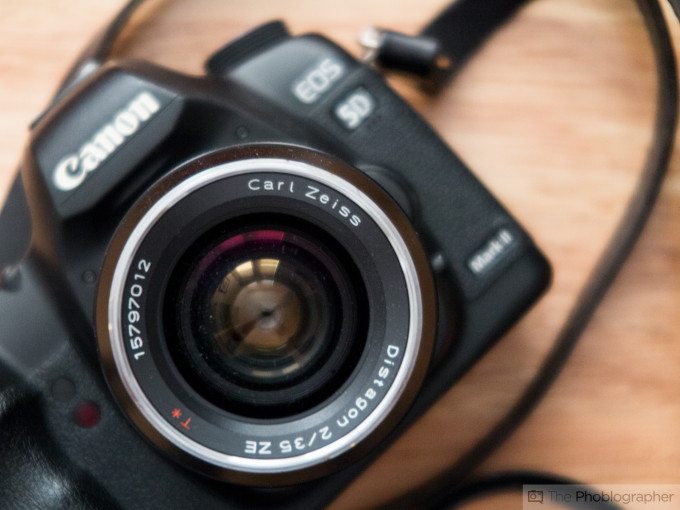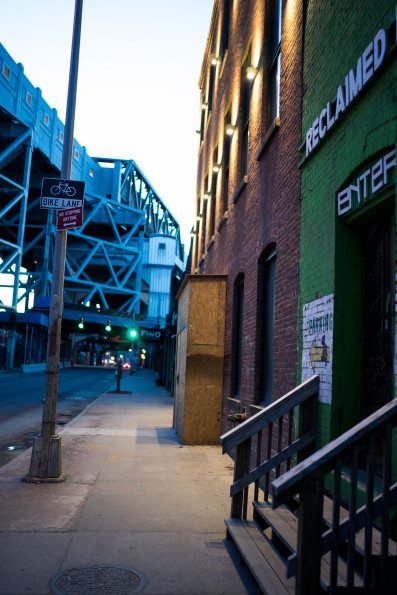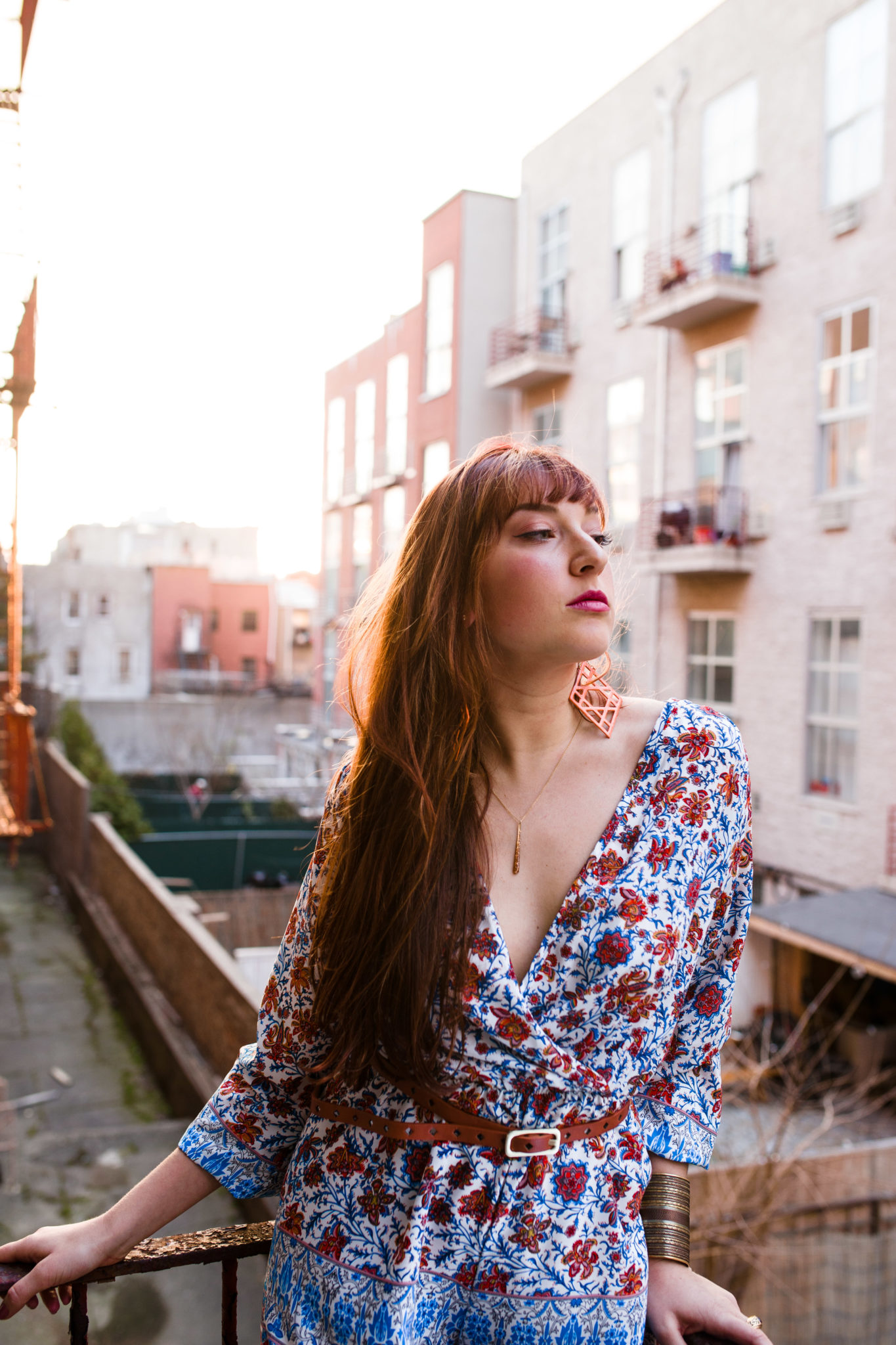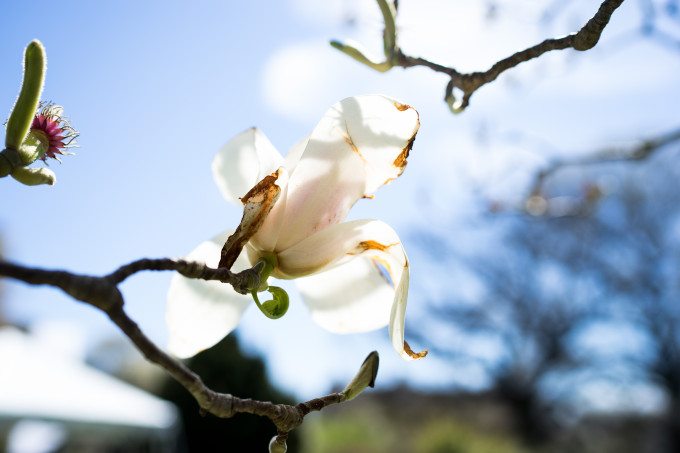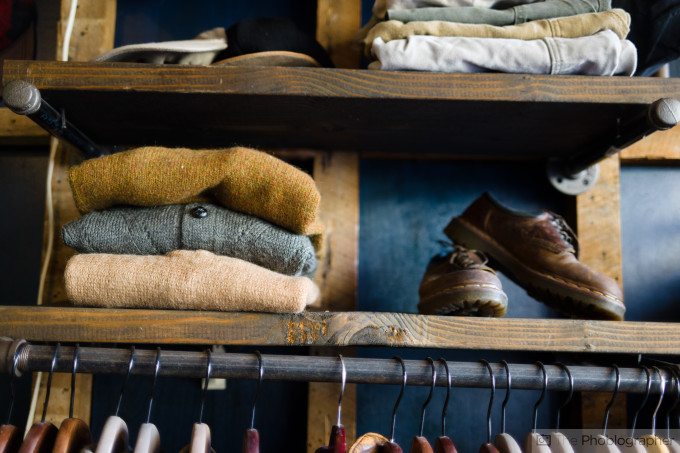The 35mm lens is one of the most classic and popular focal lengths that many photographers work with. We often see lots of posts on how to make the most of 50mm lenses, but there aren’t enough with 35mm lenses. The 35mm lens is arguably more akin to the human perspective since it focuses not only on what’s directly in front of you but also includes your peripheral vision. It’s too wide for portraits and we’d even argue that 50mm lenses are also too wide for portraits but they can work if you’re not shooting very close up and include a least half of the subject in the shot.
35mm lenses are also excellent for weddings, food, street photography and lots more. Here’s how to make the most of this iconic lens.
Think in the Human Perspective
If you’re like many other photographers including myself, then you naturally see the world in the way that a 35mm lens (or perspective) will with a camera. This is where it becomes easier in some ways because it can either require less thinking or more thinking depending on how you approach it. For the most part though, you’ll always be able to simply look to a scene, focus and shoot and the image is bound to come out similar to how you saw the scene.
What You See and Think is What You Get
As far as conceiving images goes, this is where things can get complicated like we stated in the section above. When first starting to work with a 35mm lens, you’ll need to shoot and pay careful attention to your depth of field. With a wide open aperture, you can get a get cinematic look with only that subject in focus. Conversely if you stop the lens down, then you’ll need to rely on your compositional sense more because much of the scene will be in focus. At a certain point though, the entire scene will be in focus and the aperture is literally just all about how sharp everything is when in focus.
Don’t Get Too Close for Portraits
When shooting portraits, try not to get right up in a subject’s face lest you make their nose bulge or look unpleasant. Instead, the 35mm focal length is good for wider portraits depending on the body type of the person. If you’re doing an environmental portrait, then the 35mm focal length is perfect because this portrait is wider and trying to tell a story about the subject.
For even better portraits, shoot landscape style instead of portrait style. This way you can absolutely ensure that nothing gets distorted and the lens will force you to be further away from the person.
Get Close for More Bokeh
The 35mm focal length isn’t typically so bokeh-rific as longer focal lengths, but it can still have some amazing and beautiful bokeh in the scene. The laws of physics dictate that the closer you are to a subject at a given aperture, the less will be in focus (just think about macro lenses.) So if you’re closer to the subject, you can get more bokeh. This is best for food photography and product shooting.
A Couple Feet Away, All Will Be in Focus
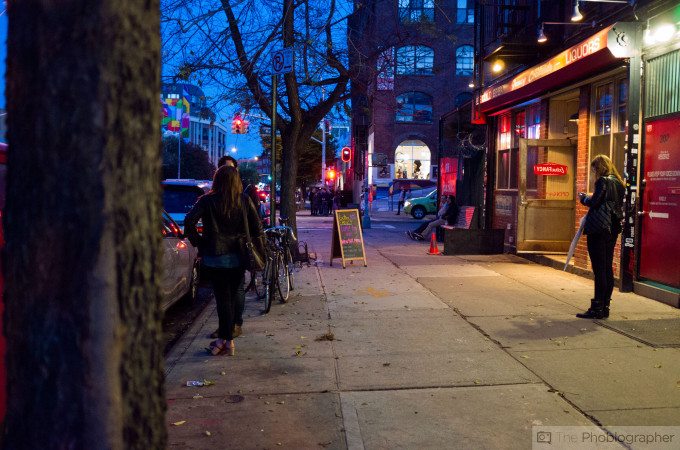
When shooting street photography, you may want to consider zone focusing. Lucky for you, if you simply focus just a few feet away (maybe up to 5 to 8 feet) and stop down a fair amount then all will be in focus. Getting your subjects in a shot will be as simple as much moving back and forth or moving towards them. It’s easy to do and that’s why the 35mm focal length can be so versatile for street shooting. When trying to get a single subject in focus, all you’ll need to do is just open the lens’s aperture up.
Compositional Placement and Distortion
Placing subjects on the corner of the frame isn’t really recommended since the 35mm lens can distort a subject. Instead, try keeping them towards the center or specifically right around the rule of thirds area. Of course, this rule gets thrown out the window when it comes to landscapes. In the event that you’re photographing a building though, then try to move as far back as you can and crop in unless you’re positive that the naturally occurring crooked lines can be fixed.


